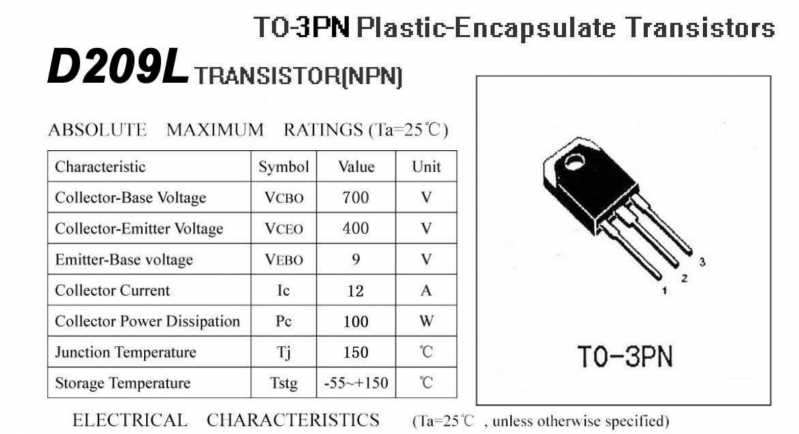
Have you ever come across a datasheet and felt lost amidst a sea of technical jargon and complex specifications? Fear not, for this article aims to demystify the enigma surrounding datasheets and uncover their true purpose. Whether you’re a seasoned professional or just starting out in the field, understanding datasheets is crucial in making informed decisions and ensuring optimal performance of electronic components. So, let’s embark on this journey of discovery, as we delve into the realm of datasheets and unravel the mysteries they hold.
Imagine a datasheet as a blueprint of sorts, providing an in-depth insight into the inner workings of a technology or an electronic component. It serves as a comprehensive guide, detailing specifications, features, and performance metrics that aid in evaluating the suitability of a product for a specific application. Datasheets are not mere documents filled with technical terms; they are a goldmine of information, offering a glimpse into the intricacies and capabilities of a product.
So, why should one invest time and effort in understanding datasheets? The answer lies in the peculiar language used within these documents. Datasheets are designed to communicate vital information to engineers, designers, and developers who rely on accurate technical details to make informed decisions. By decoding the language of datasheets, one can gain unparalleled insight into a component’s functionality, thermal characteristics, electrical specifications, and much more. With this knowledge, one can choose the most suitable component, compare different options, and optimize their designs to meet specific requirements.
Through this article, we aim to break down the barriers that often hinder our understanding of datasheets. We will explore various sections, such as electrical characteristics, mechanical dimensions, and thermal data, identifying key parameters and deciphering their significance. Armed with this knowledge, individuals can confidently interpret and utilize datasheets to their advantage, resulting in improved design efficiency and overall product performance.
What is a datasheet?

A datasheet is a comprehensive document that provides detailed information about a particular product or device. It serves as a guide for understanding and utilizing the features, specifications, and functionalities of the product or device.
The Importance of Datasheets
Datasheets play a crucial role in various industries, including electronics, engineering, and manufacturing. They serve as a valuable resource for designers, engineers, technicians, and end-users, enabling them to make informed decisions while working with a specific product or device.
The Content of Datasheets

Datasheets typically contain a wide range of information, including technical specifications, performance characteristics, electrical and mechanical properties, operating parameters, and recommended usage guidelines. They may also provide instructions for installation, setup, and troubleshooting, as well as safety precautions to be followed.
By providing concise and accurate information, datasheets enable users to understand the capabilities and limitations of a product or device. They help in assessing whether the product meets the desired requirements and suitability for a particular application.
Furthermore, datasheets often include diagrams, charts, and graphs to illustrate data trends, performance curves, and compatibility with other components or systems. This visual representation aids in comprehending complex technical information and facilitates effective decision-making.
In summary, datasheets serve as a vital reference tool, offering comprehensive details about a product or device. By providing a wealth of information in a concise and organized manner, they empower users to make informed choices, design with accuracy, and troubleshoot effectively.
Understanding the importance and purpose of datasheets
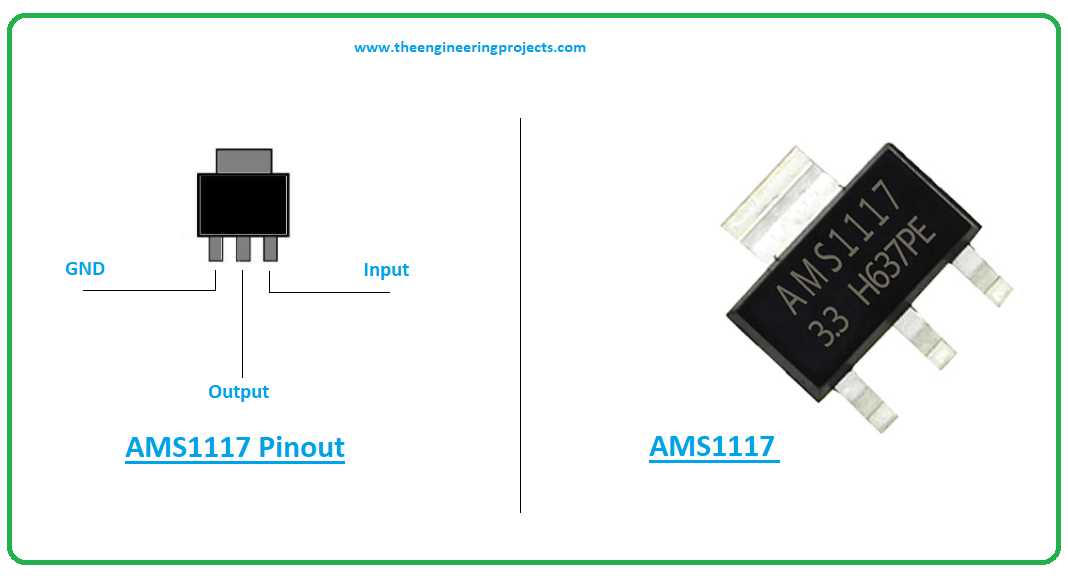
When it comes to getting crucial information about a particular product or technology, datasheets are invaluable resources that provide comprehensive details and specifications. These documents serve as a bridge of knowledge, offering a deeper understanding of the features, capabilities, and potential applications.
Datasheets play a vital role in various industries, from electronics and engineering to software development and manufacturing. They act as a go-to reference for designers, engineers, technicians, and enthusiasts alike, guiding them through the intricacies of a product or system.
One of the key reasons why datasheets are highly regarded is their ability to provide precise information, ensuring accurate decision-making during the product selection or design phase. These documents offer data on product dimensions, performance characteristics, electrical specifications, and operating conditions, enabling users to assess compatibility and suitability for specific requirements.
Furthermore, datasheets empower users to compare different products or technologies, aiding in the evaluation process. By presenting information in a standardized format, datasheets enable individuals to make informed choices based on objective data rather than subjective opinions or marketing claims.
Not only do datasheets offer technical details, but they also provide insights into the product’s intended use and potential applications. They often include application notes, schematics, and performance graphs, allowing users to explore the product’s capabilities and adapt it to their specific needs.
In summary, datasheets serve as crucial tools for understanding the importance and purpose of a product or technology. By providing comprehensive information, they facilitate decision-making, enable comparison, and foster innovation and creativity. Whether you’re an engineer, designer, or simply curious, datasheets are a valuable resource for gaining deeper insights into the world of technology.
Key components of a datasheet
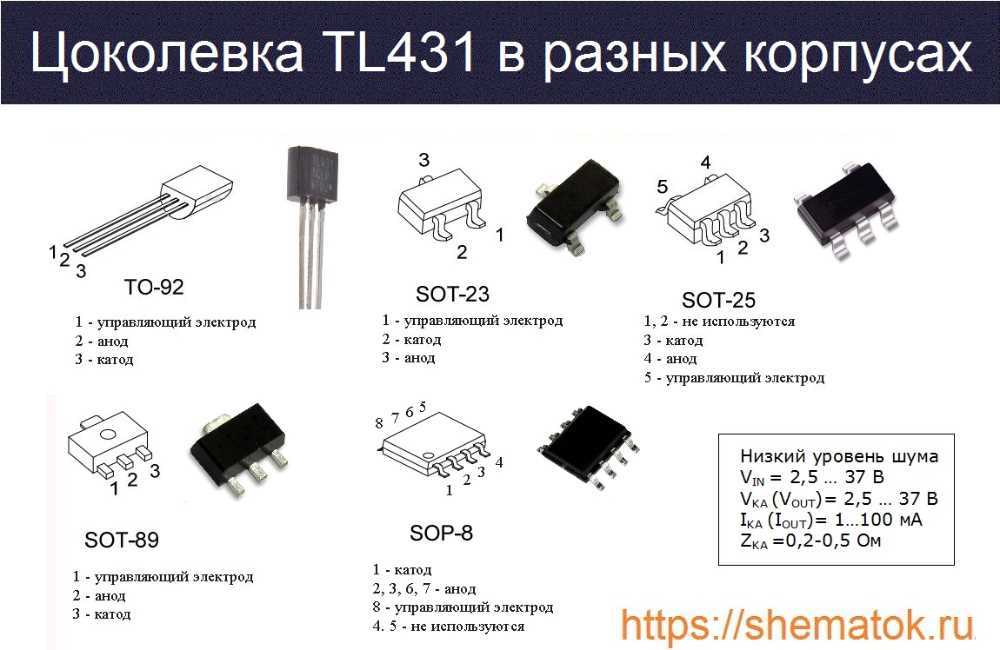
In this section, we will explore the essential elements that make up a datasheet, providing a comprehensive understanding of the information it contains without explicitly mentioning the term “datasheet” or “que”.
Product Overview
At the beginning of a datasheet, you will typically find a concise summary of the product or component being described. This section outlines its purpose, functionality, and key features.
Specifications
- Technical Specifications: This section provides detailed information about the technical aspects of the product. It includes data such as dimensions, operating conditions, electrical characteristics, and performance metrics.
- Functional Specifications: Here, you will find a description of how the product functions and its capabilities. It may include details on supported protocols, interfaces, and compatibility.
- Environmental Specifications: This section covers the product’s ability to operate within specific environmental conditions, including temperature, humidity, and vibration tolerance.
Pin Configuration and Pinout

This section illustrates the physical arrangement of the product’s pins, connectors, or terminals. It provides a visual representation along with corresponding pin descriptions and functions, enabling users to correctly connect the component within a system.
Application Information
Here, you will find guidance on how to use the product effectively in various applications or circuits. It may include circuit diagrams, recommended connection schemes, and design considerations.
Typical Performance Characteristics
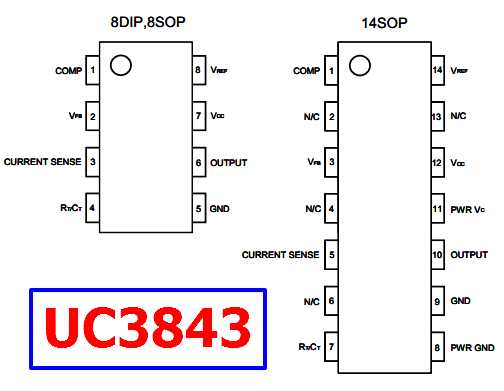
This section presents graphs, charts, or tables that illustrate the typical behavior or performance of the product under specific operating conditions. It helps users assess the component’s capabilities and understand its expected behavior in different scenarios.
Features and Benefits
- Features: This subsection highlights the specific functionalities and characteristics of the product that set it apart from others in the market.
- Benefits: Here, you will find a description of the advantages and advantages that the product offers to users, such as improved efficiency, cost savings, or enhanced performance.
Ordering Information
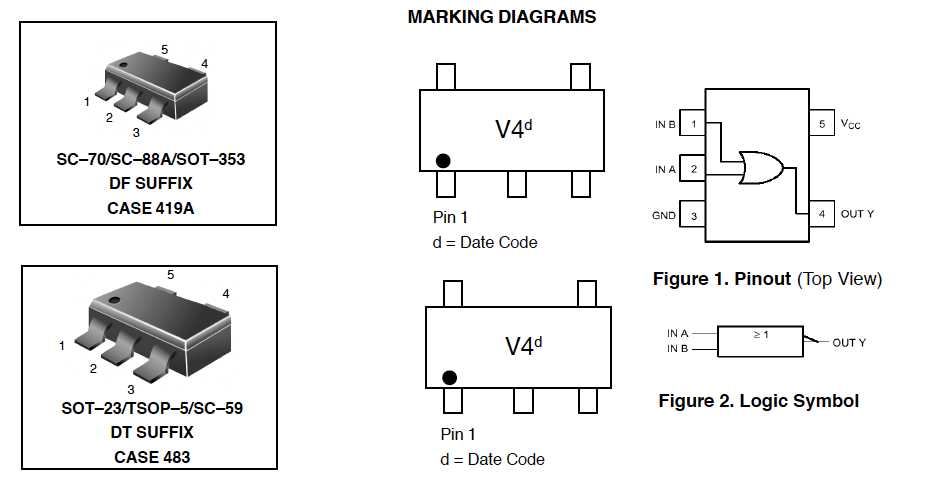
This section provides details on how to order the product, including part numbers, package options, and available variations. It ensures that customers can easily identify and request the desired configuration.
Safety and Regulatory Compliance

Information on safety guidelines, certifications, and regulatory compliance for the product is included in this section. It highlights any required precautions or standards that users must adhere to when using the component.
By understanding these key components, users can effectively evaluate, select, and use the product as per their specific requirements and application needs.
Exploring the essential sections and information included in a datasheet

When examining a datasheet, it is crucial to understand the various sections and information it contains. A datasheet serves as a comprehensive document providing detailed specifications, technical data, and performance characteristics of a particular product or component. It plays a vital role in enabling engineers, technicians, and users to make informed decisions about the product’s suitability for their needs.
1. Product Description: This section provides a concise overview of the product, highlighting its main features, functions, and intended applications. It gives readers a general understanding of what the product is designed to do and how it can be utilized.
2. Electrical Specifications: The electrical specifications section outlines the crucial electrical parameters of the product, such as voltage, current, power consumption, and operating conditions. It helps users determine if the product meets their specific requirements and if it is compatible with their existing systems.
3. Mechanical Dimensions: This section provides detailed measurements and dimensions of the product, including its size, weight, and form factor. It allows users to assess the physical characteristics of the product and determine if it can fit into their desired space or mounting arrangement.
4. Pin Configuration: The pin configuration section illustrates the physical layout and numbering of the product’s pins or connectors. It is crucial for proper integration and connectivity, enabling users to understand how to interface the product with other components or systems.
5. Functional Diagram: The functional diagram visually represents the internal architecture and operation of the product. It depicts the various functional blocks, their interconnections, and how they work together to achieve the desired functionality. This section helps users grasp the system’s overall design and functionality.
- 6. Performance Characteristics: This section highlights the key performance parameters and specifications of the product, such as speed, accuracy, resolution, and operating range. It allows users to evaluate the product’s capabilities and performance under different operating conditions.
7. Application Circuit: The application circuit section provides example circuits and schematics that illustrate how to integrate the product into a given application or system. It serves as a practical guide for users, helping them understand the necessary external components, connections, and configurations required for proper operation.
8. Recommended Operating Conditions: This section specifies the optimal operating conditions required for the product to perform at its best. It includes information such as temperature range, voltage supply, and recommended external components. This information is crucial for ensuring reliable and efficient operation of the product.
- 9. Features and Benefits: This section details the unique features and advantages of the product, highlighting its selling points and differentiating it from competing products. It helps users understand how the product can address their specific needs and provides a value proposition.
10. Ordering Information: The ordering information section provides details on how to order the product, including part numbers, options, and packaging variants. It enables users to identify and specify the exact product configuration or variant they require for their application.
In conclusion, a datasheet contains valuable information that enables users to evaluate, select, and utilize a particular product effectively. By exploring the essential sections and information included in a datasheet, users can make informed decisions, ensure compatibility, and achieve optimal performance with the product.
How to Effectively Utilize a Product Specifications Document

When utilizing essential reference materials for a product, gaining a deep understanding of its specifications is vital to successfully using and implementing the item. This is particularly true when it comes to product datasheets or product specifications documents. In this section, we will explore some strategies and tips to help you effectively use a datasheet to your advantage.
1. Familiarize Yourself with the Terminology
When reviewing a product datasheet, it is important to become familiar with the terminology used. Carefully read through each section and make note of any specialized terms or technical jargon. This will give you a foundation of understanding and enable you to comprehend the document more accurately.
2. Focus on the Key Data Points
A datasheet is typically filled with numerous data points, specifications, and figures. To effectively use a datasheet, identify the key data points that are relevant to your intended use of the product. This will help you narrow your focus and fully comprehend the important aspects of the product’s performance, features, and limitations.
By understanding the key data points, you can evaluate whether the product meets your requirements and compare it against similar offerings in the market. Additionally, by focusing on the relevant details, you can avoid being overwhelmed by excessive or unnecessary information.
Remember, effectively using a datasheet requires thorough analysis and interpretation of the provided information. By familiarizing yourself with the terminology and focusing on the key data points, you can make informed decisions and fully utilize the potential of a product specifications document.